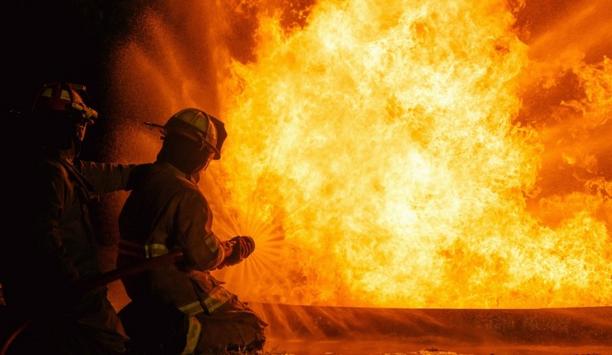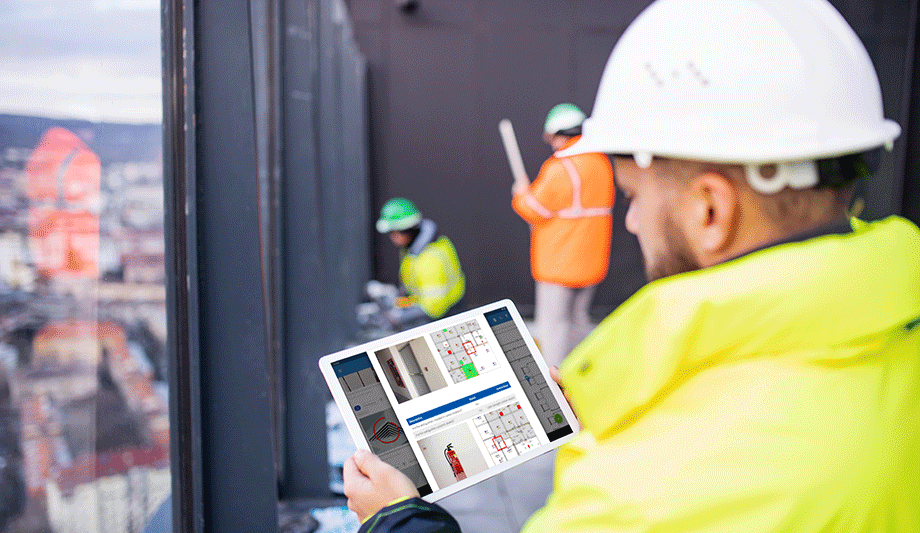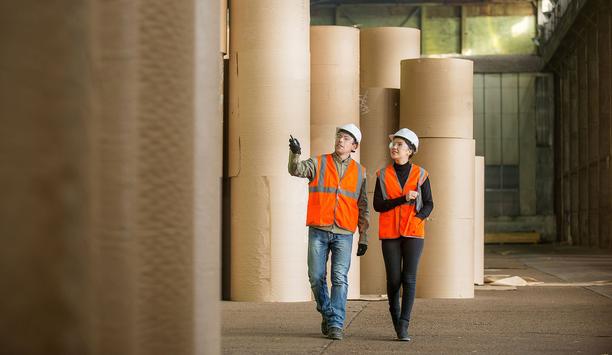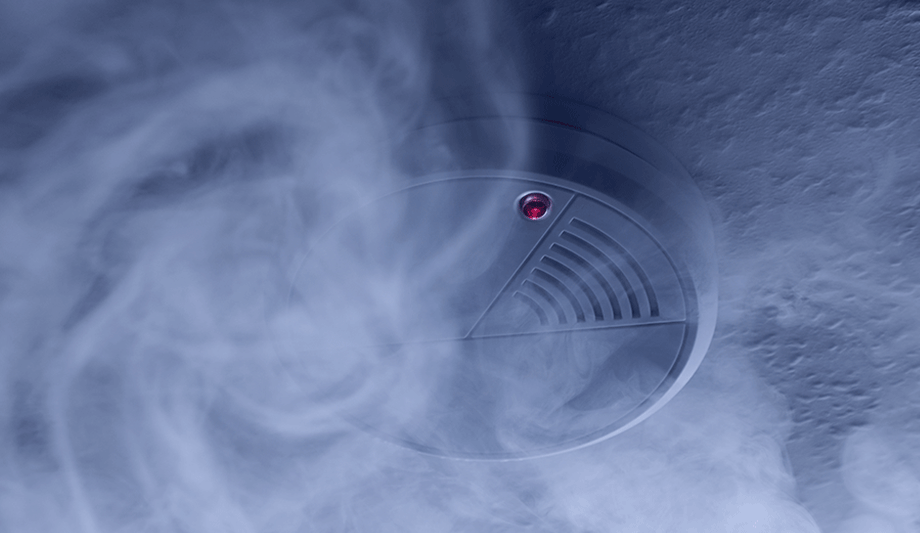Choosing the right oxygen sensor for the gas analysis application is imperative. With multiple configurations to choose from, paired with the right technology, and ensuring proper use with gases or liquids; it can be a confusing process.
Bacharach’s Gas Analysis Experts compiled this article to help users make the right decision based on their needs.
Sensing technology
Sensing technology, by far, is a factor when choosing the right oxygen sensor. They can be separated based on their principles of operation, such as Optical, Paramagnetic, Electro-Chemical, and Zirconium Oxide. The following summary outlines the differences in technology for the different sensors:

When selecting a sensor, although the type of technology it uses is important, several other considerations must be taken into account. Several questions must be answered, and based on the answers; the user will have to decide what sensor provides the best compromise for the situation. A particular sensor will typically excel in one area, while rendered limited in a different area. Following are the right questions to ask:
What accuracy is needed?
Does the application require a sensor that can go down to low ppm or even ppb, or will a percent type reading be sufficient?
A need for low ppm readings would exclude a paramagnetic sensor; however, if the reading needs to reach ppb levels, then only a Zirconium Oxide type may do.
Is initial cost a concern?
Electro-Chemical and Zirconium Oxide sensors are much cheaper than an Optical or Paramagnetic sensor
There is a bit of a compromise between initial cost and overall ownership cost. The Electro-Chemical and Zirconium Oxide sensors are much cheaper than an Optical or Paramagnetic sensor; however, they will have to be replaced with new ones within 6 to 9 months in the case of Electro-Chemical sensors, or 3 to 10 years for the Zirconium Oxide sensors.
Optical or Paramagnetic sensors are not consumed and therefore could last for a very long time, but their initial cost is very high.
What other gases or contaminants may be present along with Oxygen?
Some gases are simply not compatible with some sensors. For example, Zirconium Oxide sensors are not recommended when hydrocarbon vapors or highly flammable materials may be present since they need to be heated up to 650° C and could ignite the material being sampled. Paramagnetic sensors are adversely affected by paramagnetic gases.
In addition, all sensors are affected to some degree by some contaminants that could be present in the sample gas. For cheaper sensors like the Electro-Chemical type, it may be just a matter of replacing the sensor with a new one, but in the case of Optical or Paramagnetic sensors, expensive maintenance may be needed to clean and remove anything that is fouling the surfaces.
How easy is it to perform maintenance on the systems?
Replacing an Electro-Chemical sensor may be just a matter of twisting the sensor free from the base, and snapping a new one in. However, the sensor may be located in an area difficult to reach, or maintenance personnel may not be available. In a case like that, it may be easier to have a system that does not need to be handled for a longer time.
In short, there isn’t one “best” sensor for all applications. Each case needs to be evaluated carefully and all the questions answered to determine the best solutions for the application.
















